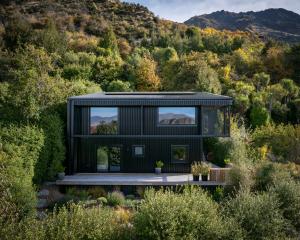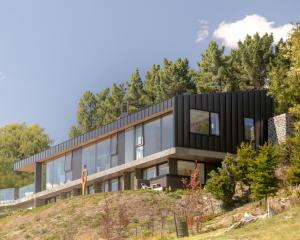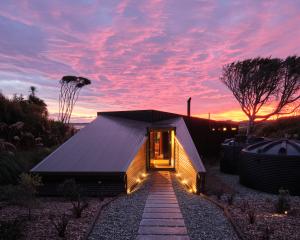
Sustainability can take many forms when designing a home. It may be in placement to maximise warmth from the sun, design techniques used to access natural light, or using locally made wool insulation products that exceed the building code. It could be in designing a home that provides all you need in a modest footprint and nothing in the way of sprawling excess. Or it could be in sharing facilities, such as a tool shed or social spaces, with neighbours.
In private and public residential homes, architects in the Southern region are employing their knowledge and skills to design innovative, sustainably driven homes that not only stand up to the challenging climate but that look beautiful doing so.

The Brick House was designed by architect Rafe Maclean, who applies Passive House (also known as Passivhaus) standards and principles to all of his projects. These ultra-low energy buildings render conventional heating unnecessary, even in the harsh Southern winters.
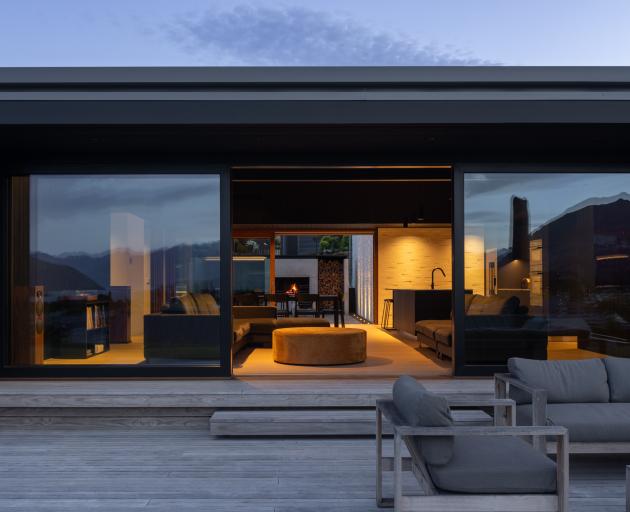
Despite the plaudits, and despite Passive House principles becoming more widely understood in recent years, Maclean says that the tangible benefits of these low-energy, high-performing homes must be experienced to be understood. It’s a "don’t-know-what-you-don't-know” situation, he says.
“Public awareness is very low – this idea of a warm house is a bit foreign. People don't really know that a building can stay warm, dry and fresh until they experience it,” says Maclean, who points to New Zealand building codes for the persistent and pervasive problem of our low-quality building stock. "You build to code and people can become sick in those buildings. It’s embarrassing that our building code is so low and unscientific, and the recent changes are so far below where we should be going. It should be a given that we are designing warm buildings that are healthy, not mouldy, and use very little energy.”
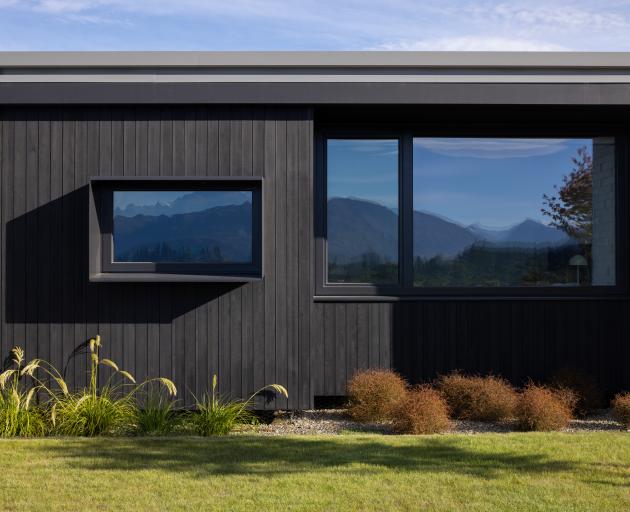
“The other product is straw, which is being made into SIPs panels, a super-low-embodied carbon product that you can use to build Passive Houses,” says the architect, who is looking forward to the industry shifting away from a reliance on petrochemical-based SIPs and foams that provide high levels of insulation, but to the detriment of a project’s embodied carbon.
Siân Taylor, one of the first Passive House-certified architects in New Zealand, founded Team Green with her husband Mark Read in 2013. Like Maclean, she says that change at scale requires legislation and a wider understanding of the benefits of living in healthy, energy-efficient homes. “When you occupy a space that’s always the right temperature, without having air blown in your face, or hot spots and cold spots, or mould and dampness, you experience a freedom that is difficult to articulate. I hope things will shift, because it’s not only better for people it’s better for the environment.”

Taylor cites Canada as being well ahead of New Zealand in quality housing, due to a combination of more stringent building codes and a move towards government-incentivised Passive House design, which has seen mass adoption by developers.
While Team Green’s main focus has been single-dwelling residential architecture, it also works on multi-unit residential, education and community projects. Earlier this year, the practice expanded its offering to provide a sustainability consultancy service, sharing experience and knowledge gained over more than a decade working in the Queenstown Lakes region.


Over in Ōtepoti Dunedin, Tim Ross of Architype designed and lives in New Zealand’s first Certified Multi-Unit Passive House Development. As well as providing residents with warm, low-energy dwellings, Toiora provides a range of other sustainable benefits. The 24-home cohousing neighbourhood has shared spaces and facilities, including guest rooms, a common laundry, workshop, social spaces and gardens. Last year, the project won Architype a Southern Architecture Award Winner in the Multi-Unit Housing category.
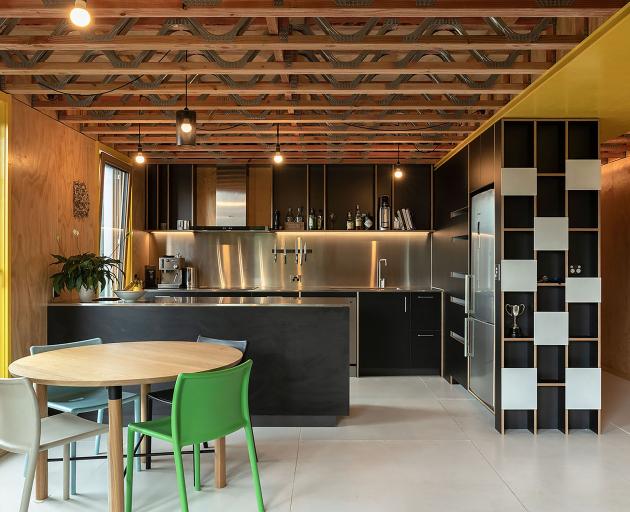
Following the success of Toiora, Ross applied many of its principles to a recently completed Community Housing project – the first Passive House-certified social housing project in the country. Commissioned by the Dunedin City Council, the accessible one-bedroom pensioner units feature insulated floor slabs, SIP walls, a super-insulated roof structure, airtight construction, triple-glazed timber windows and dedicated mechanical ventilation units with heat recovery.
The homes share a green space and laundry facilities retained from the previous housing scheme. It’s another innovative project that demonstrates there is more than one shade of green.


Photography: Simon Devitt
DECLARATION FOR CHANGE In 2019, Siân Taylor and fellow architect Duncan Sinclair established the New Zealand chapter of Architects Declare. The initiative advocates for the fast-tracking of regenerative design practices, seeks to reduce construction waste, accelerate the shift to low-embodied carbon and non-toxic materials, and minimise wasteful use of resources in architecture and urban planning, among other initiatives. “The main message behind Architects Declare is for Architects to be more aware and active in their move towards a sustainable future,” says Taylor. “The changes that need to be made are not always easy, there is more learning, education, and research needed if we are to combat climate change and the mass biodiversity loss that our home, our planet, is currently experiencing. Architects Declare in New Zealand is very much a grass roots movement – with no money, no resources, just a desire to influence change.” Architects Declare was initiated in the United Kingdom in 2019 and has since been adopted in more than 25 countries, with 6000 signatories aligning themselves with the original 11-point declaration. More than 150 architecture practices in Aotearoa have signed the declaration and can be found at the website nz.architectsdeclare.com. |
For more information visit NZIA




